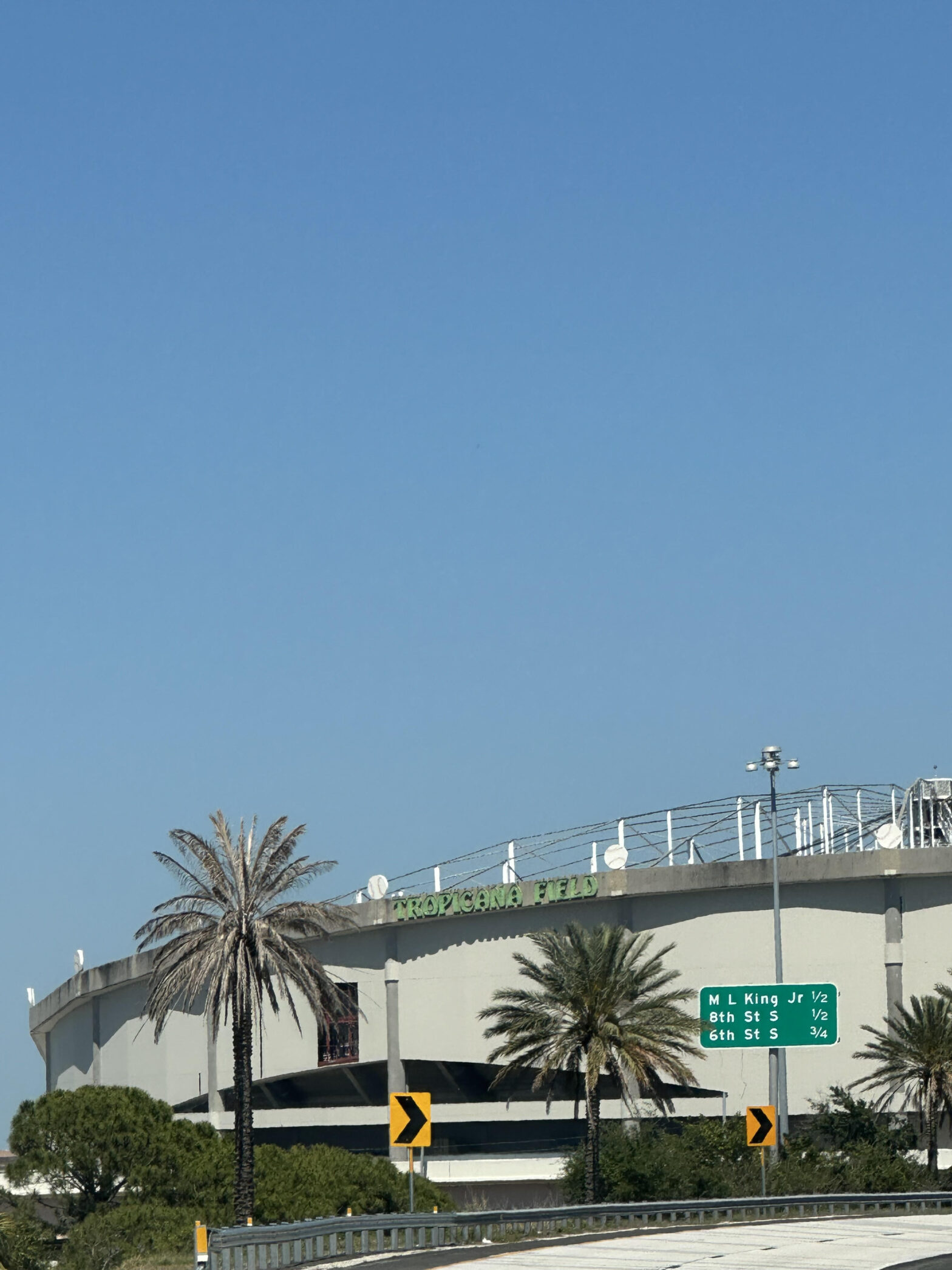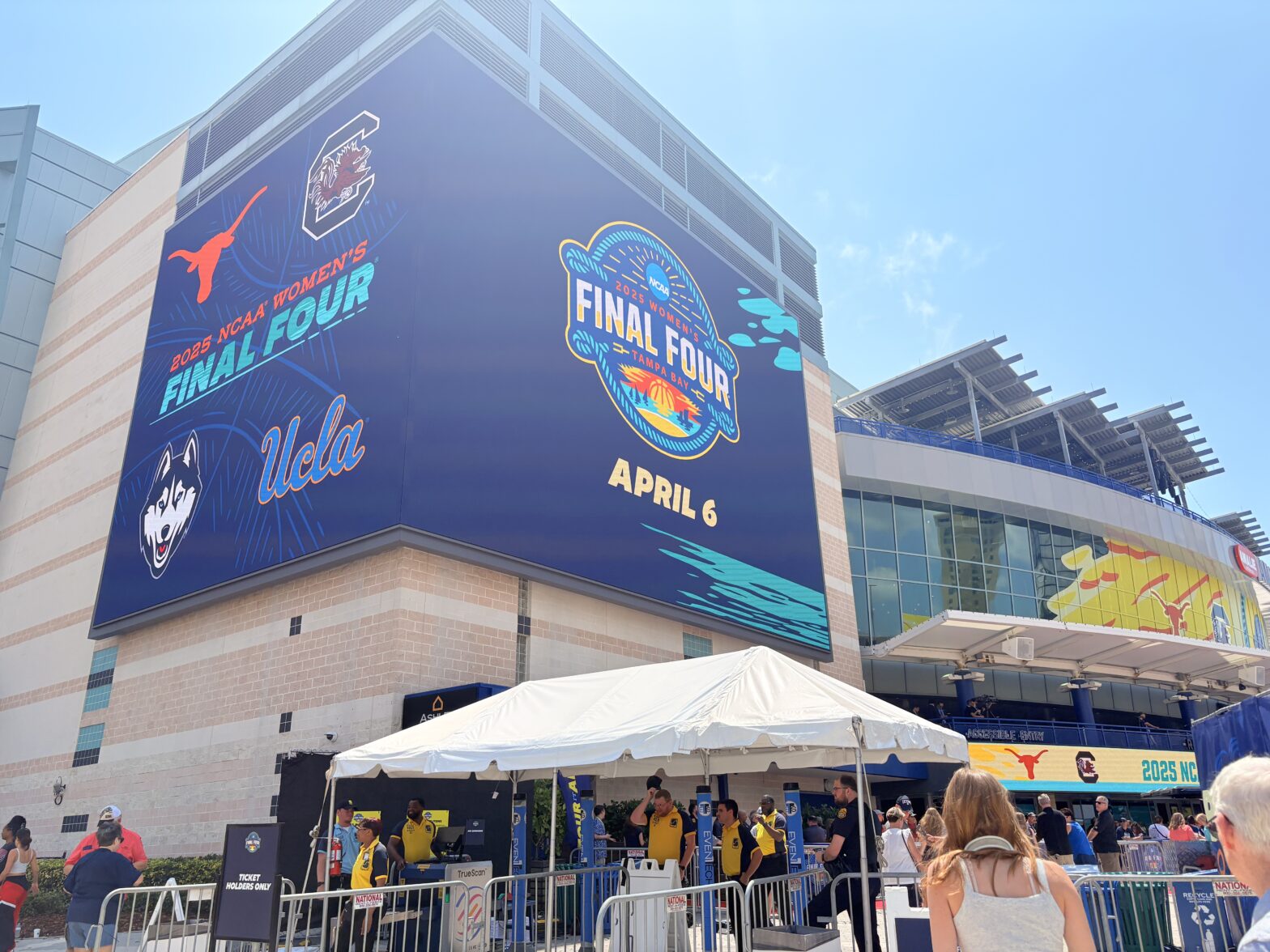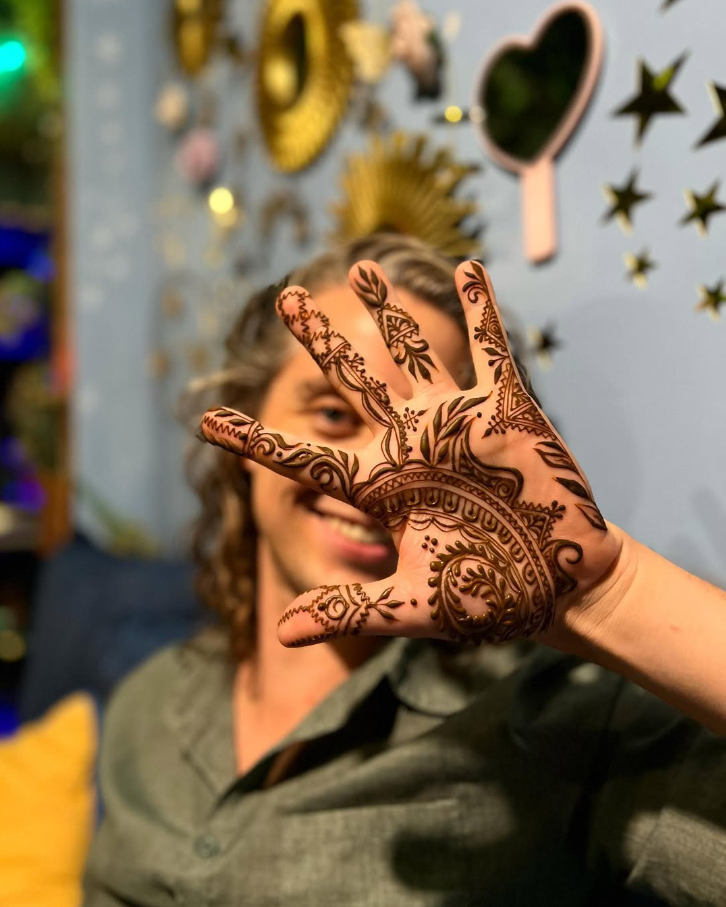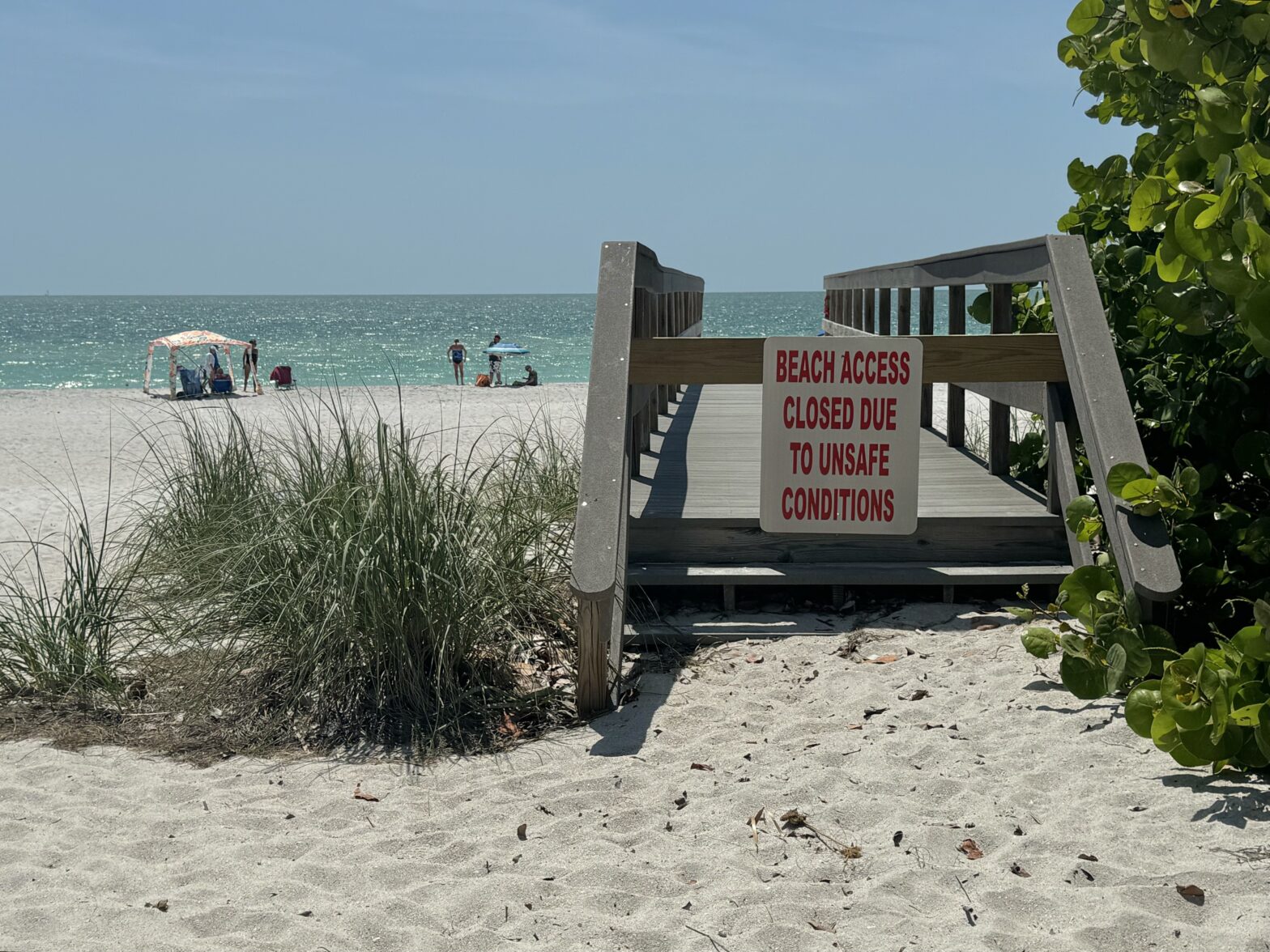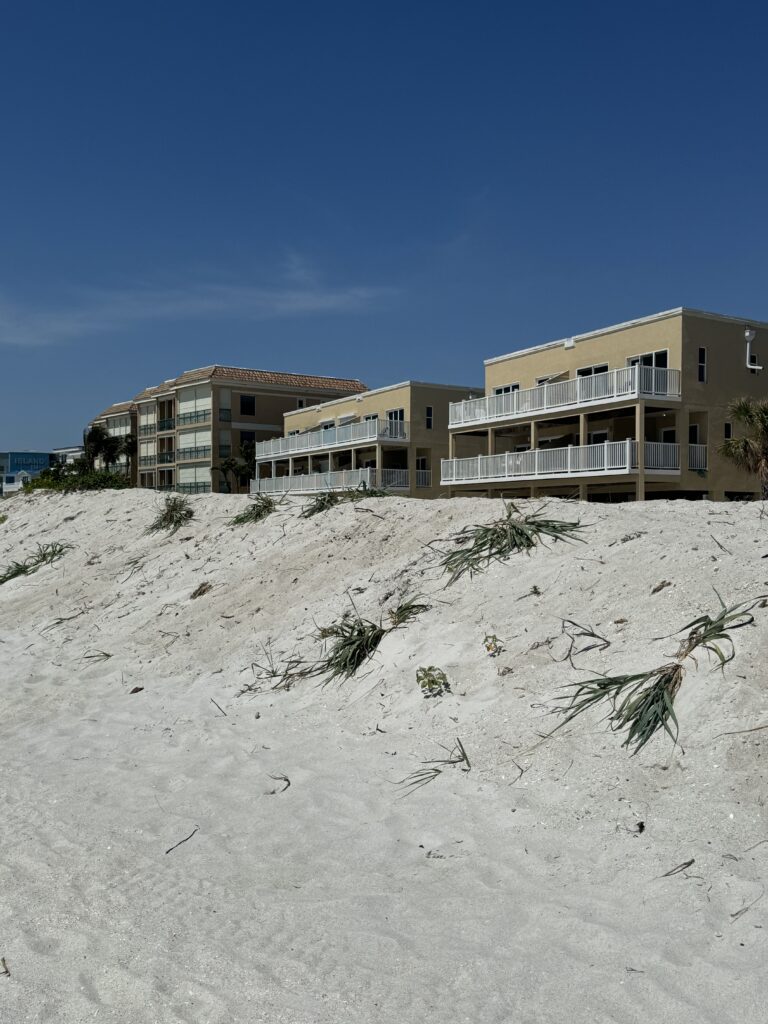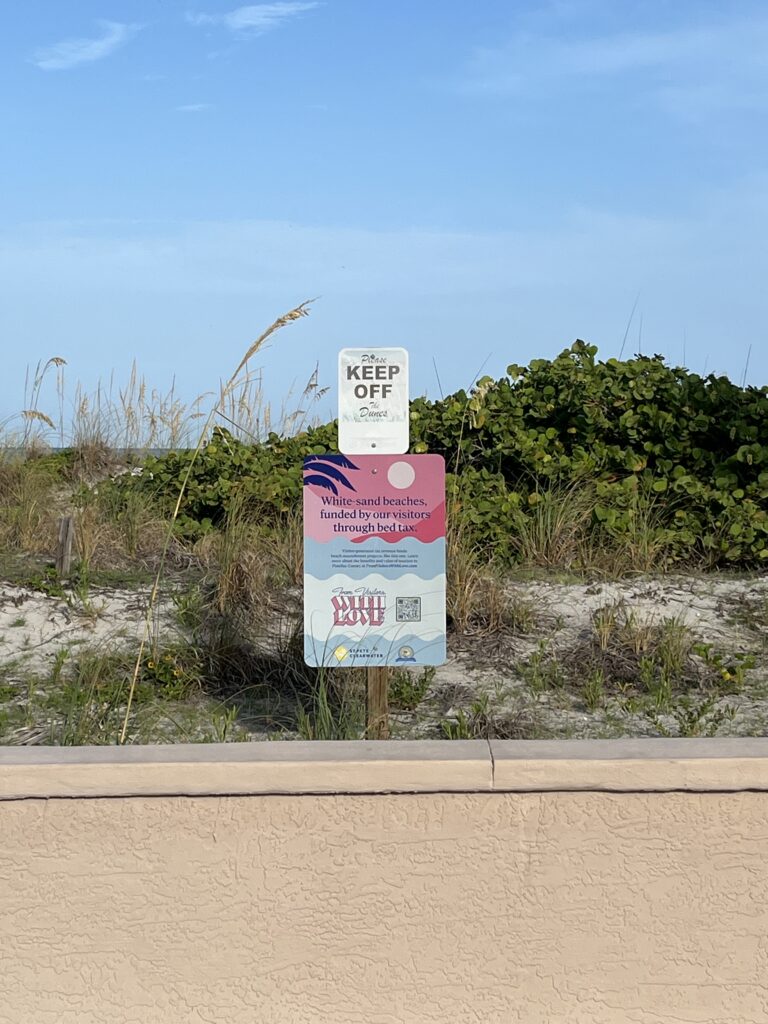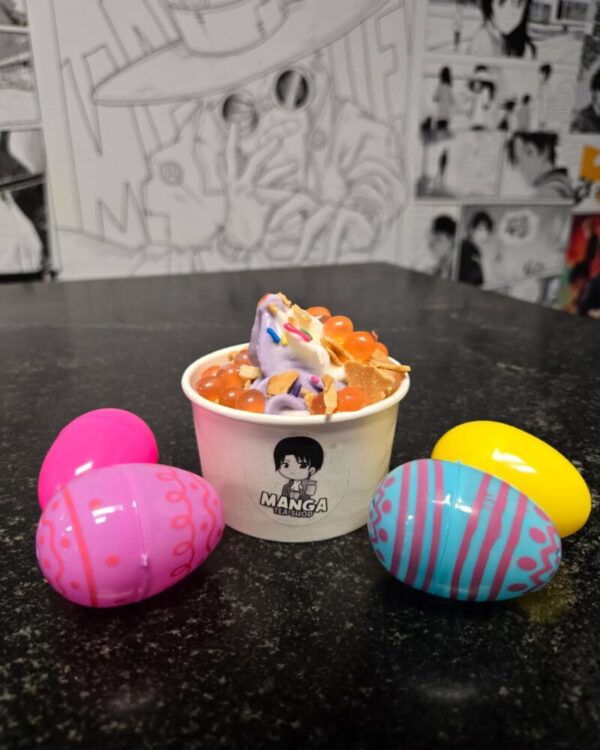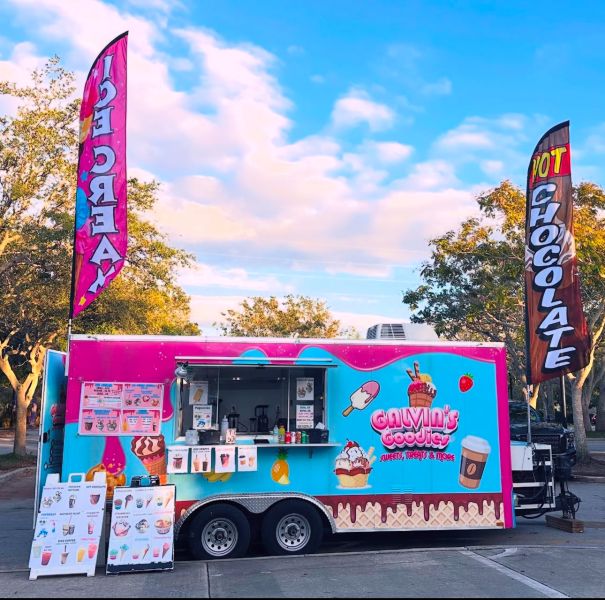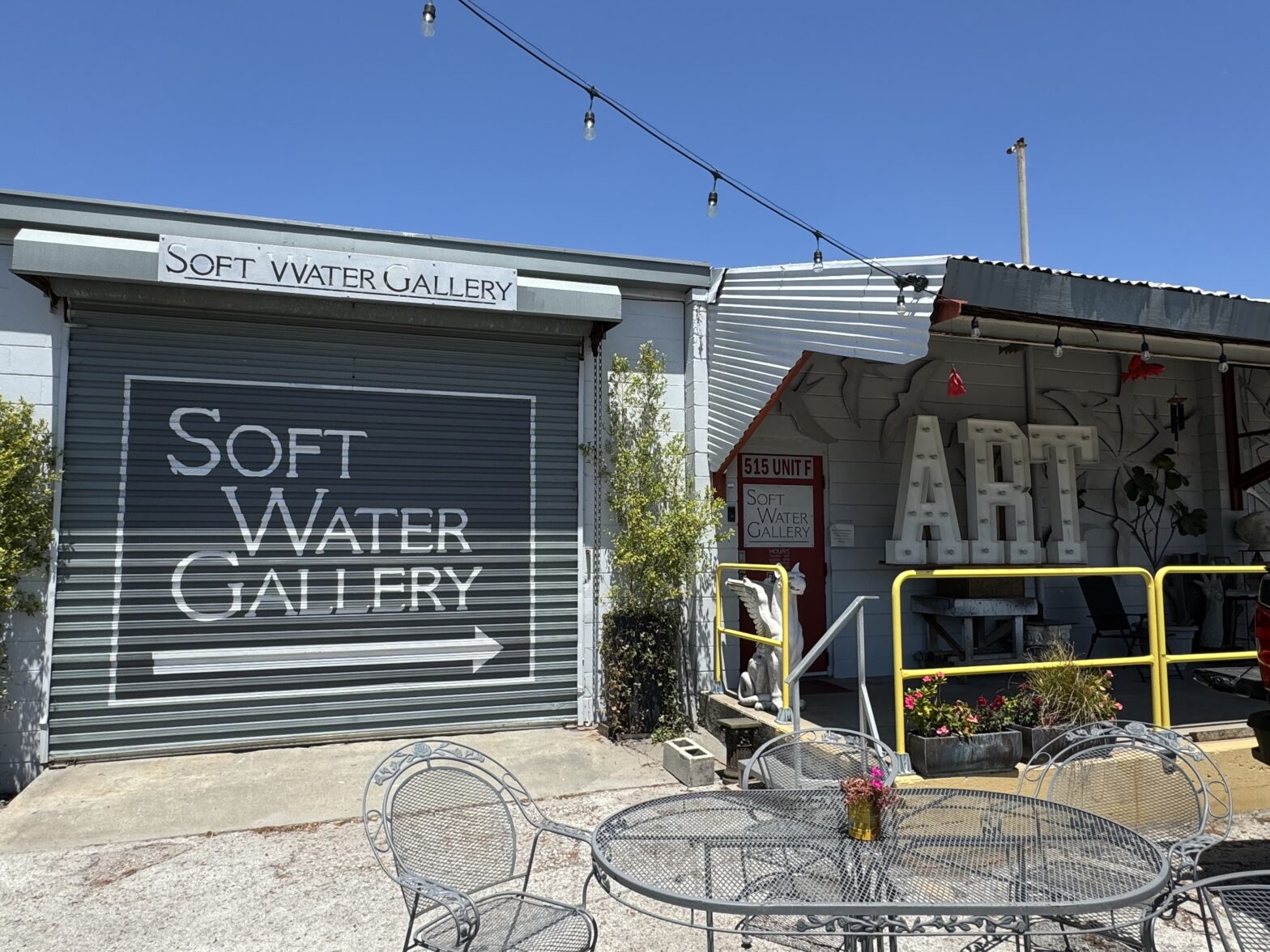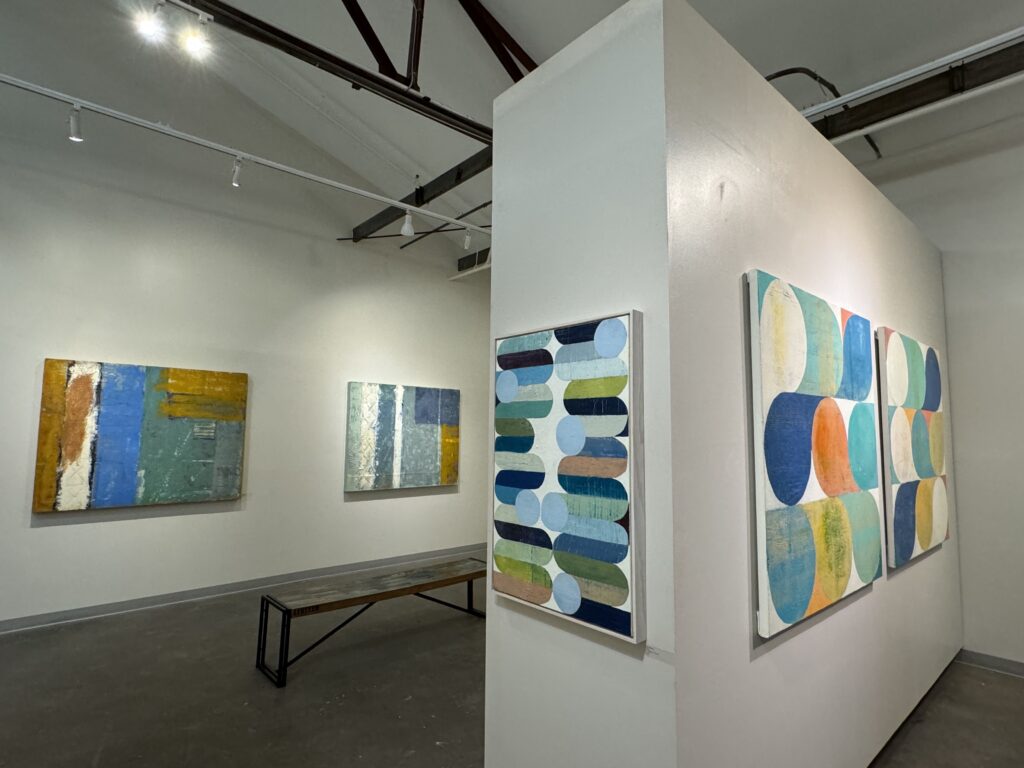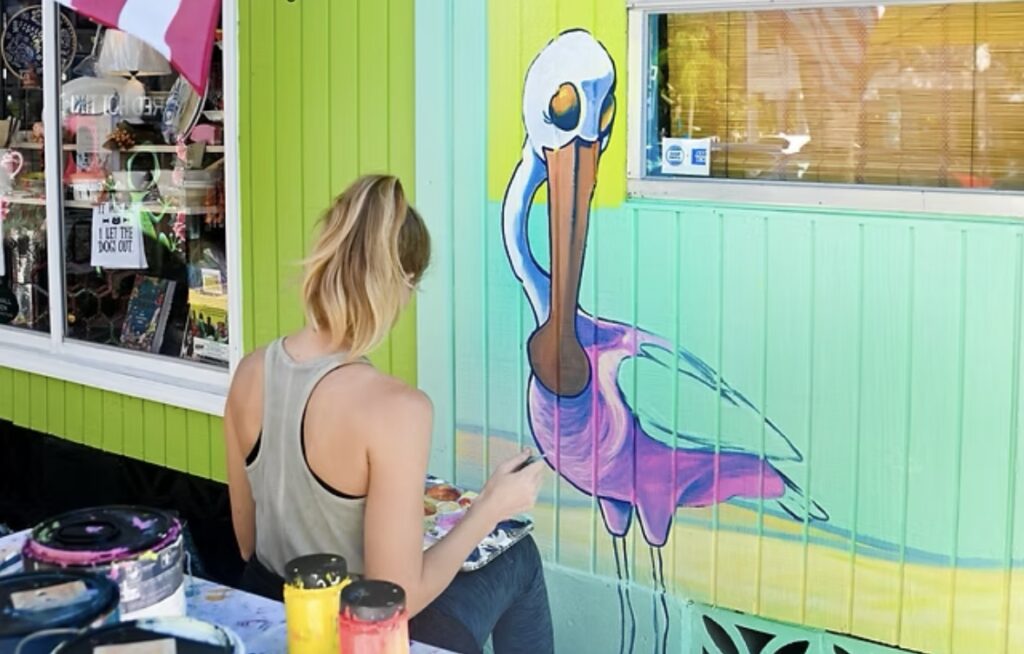By John Mancini
Over a month has passed since the owner of the Tampa Bay Rays, Stuart Sternberg, called off the deal that would’ve built a new stadium for the major league baseball team. The deal was stopped due to financial and negotiation issues. Now, residents and city officials are wondering what the next steps will be for the stadium.
“It’s all real speculative right now, but as far as a big new stadium deal is concerned, it would be difficult with the current ownership,” District 8 Council Member Richie Floyd said.
Mayor Kenneth Welch said during a March 13 briefing that the city did “everything possible,” noting it secured an unprecedented amount of public funding and agreements covering all 86 acres for the new stadium.
“Keeping your word is very important,” Welch said. “Keeping the trust of a community is very important.”
In the fall of 2024, Hurricane Helene and Milton barreled through the city of St. Petersburg, causing $55 million worth of damage to Tropicana Field. The damage caused the county commission to delay its portion of the funding and increased financial issues for the Tampa Bay Rays.
Negotiation issues were raised over the next few months regarding the inability to work with previous deals and the specific timeframe Tropicana field would be rebuilt, ultimately resulting in the Rays backing out of the deal.
Tensions then came between Welch and the Rays’ ownership. Earlier this month, the St. Petersburg City Council agreed to put up $22.5 million to help repair Tropicana Field’s roof.
Welch has also reaffirmed that the plans to redevelop the Gas Plant District are still on.
Meanwhile, there’s a growing belief that something internal happened with the Rays organization regarding the stadium deal, and the Rays saw the hurricanes as a way out of the deal, according to locals.
“In [the Rays] minds it certainly was,” Commissioner Dave Eggers said. “From a public relations standpoint, they felt that they could blame us for some delay that they defined as a contractible delay, which was not true at all. [The deal] was there. The two sides agreed and were ready to move forward. I would hardly think a storm like that would affect a deal had they had their heart, soul and pocketbook in the deal.”
The Rays’ lease at Tropicana Field expires in 2028, and while tensions with the Rays’ current ownership are still high, their future in St. Petersburg remains uncertain.
Many factors can change regarding negotiations between the Rays and the St. Petersburg City Council, as the current mayor and council members would have to run for reelection during that period.
“They might offer us something that makes more sense,” Floyd said. “I couldn’t say for certain if the team would have to be sold. I think for us to negotiate another big agreement with them, it would be very difficult to do with the current ownership because the mayor’s office is so frustrated with them.”
Floyd said that if we could fix Tropicana Field back to its old state for a reasonable cost, and the Rays are open to staying there, then he could see the mayor being open to the Rays staying in town.
However, former MLB pitcher Rich Sauveur said he feels the Rays should leave St. Petersburg.
“Living in a suburb of [Bradenton] St. Petersburg, I feel it is not a baseball town,” Sauveur said. “The only time they have crowds are when the Red Sox or Yankees are in town, and those fans are mostly Yankees and Red Sox fans.”
Sauveur said he feels the chances of the Rays staying in St. Petersburg has diminished over the last few months, not just because of the failed stadium deal, but due to fanbase issues as well.
“[The Rays] would love a larger fanbase,” Sauveur said. “It is hard for them to play a home game in front of 7,000 fans when other teams get 30,000.”
Sauveur suggests that Nashville, Tennessee, would be a great spot for the Rays to relocate, as the city has become a sports town and would cherish bringing home an MLB team.
If the Rays were to leave St. Petersburg, Eggers said he feels that Pinellas County would be able to rebound.
“In the short term, there would certainly be an effect, but this county is made up of so many incredible manufacturing industry companies, and our tourism industry is just incredible,” Eggers said. “So in the long run, this county will be just fine.”
The St. Petersburg City Council has agreed to finance $22.5 million to begin repairs on Tropicana Field, however, the $22.5 million is only enough to fix the roof, as it would cost roughly $56 million to repair the entire stadium.
“It’s going to be sourced from various city dollars, but I think we are anticipating half of it getting refunded from insurance and then like another chunk from FEMA,” Floyd said. “Thats the optimism that the city has.”
The Gas Plant District was a thriving community in St. Petersburg that housed many African Americans before Tropicana Field took its place, leaving the community in need of redevelopment.
Mayor Ken Welch has remained committed to redeveloping the district despite the stadium deal falling through, and he said he wants to have the same kind of equitable development plan but smaller in scale.
“It won’t be a grand slam, it will be a base hit, a double,” Welch said.
The Rays and Hines Development were set to lead the redevelopment, but according to Floyd, that agreement collapsed when the stadium deal fell through. The city still controls the property, and the district remains available for redevelopment.
“We are going to go and have to select different developers, sell parcels of land or go and develop it ourselves,” Floyd said. “All that has got to be formulated, but it should be able to happen sooner rather than later. We don’t know how long Tropicana Field will exist for, but we know the land around it can be redeveloped really soon.”
Floyd said that some parts of the district can be redeveloped immediately, while other pieces will have to wait until the Rays lease agreement ends in 2028.
Construction on the Tropicana Field roof is expected to begin in August, while the beginning phases of redeveloping the Gas Plant District should begin sometime this year.
